The best time to go chimpanzee tracking in Uganda is generally during the dry seasons, which run from June to September and December to February. During these months, the forest trails are less muddy and easier to navigate, making trekking more comfortable and enjoyable. Visibility is also better as the forest is less dense, allowing for clearer views of chimpanzees moving through the trees. These dry months coincide with Uganda’s peak tourism season, so trekkers can expect lively safari destinations and a wider range of complementary activities such as game drives and boat cruises.
While the dry season offers ideal trekking conditions, the wet seasons from March to May and October to November also have their unique advantages. Though trails can become slippery and more challenging, the forests are at their most lush and vibrant, creating breathtaking scenery. Food is more abundant during these months, and chimpanzees tend to stay closer to the trail networks, increasing the likelihood of closer encounters. For travelers who prefer quieter experiences with fewer crowds, the wet season provides a more intimate connection with Uganda’s rainforests and their wildlife.
Ultimately, chimpanzee tracking in Uganda can be enjoyed throughout the year, as the activity is not restricted by season. The choice of when to visit depends on personal preference for comfort, scenery, and crowd levels. Dry seasons guarantee easier trekking and broader safari options, while wet seasons deliver rich landscapes, fewer tourists, and sometimes more rewarding sightings. Regardless of timing, the opportunity to observe chimpanzees in their natural habitat is always a remarkable and unforgettable experience.



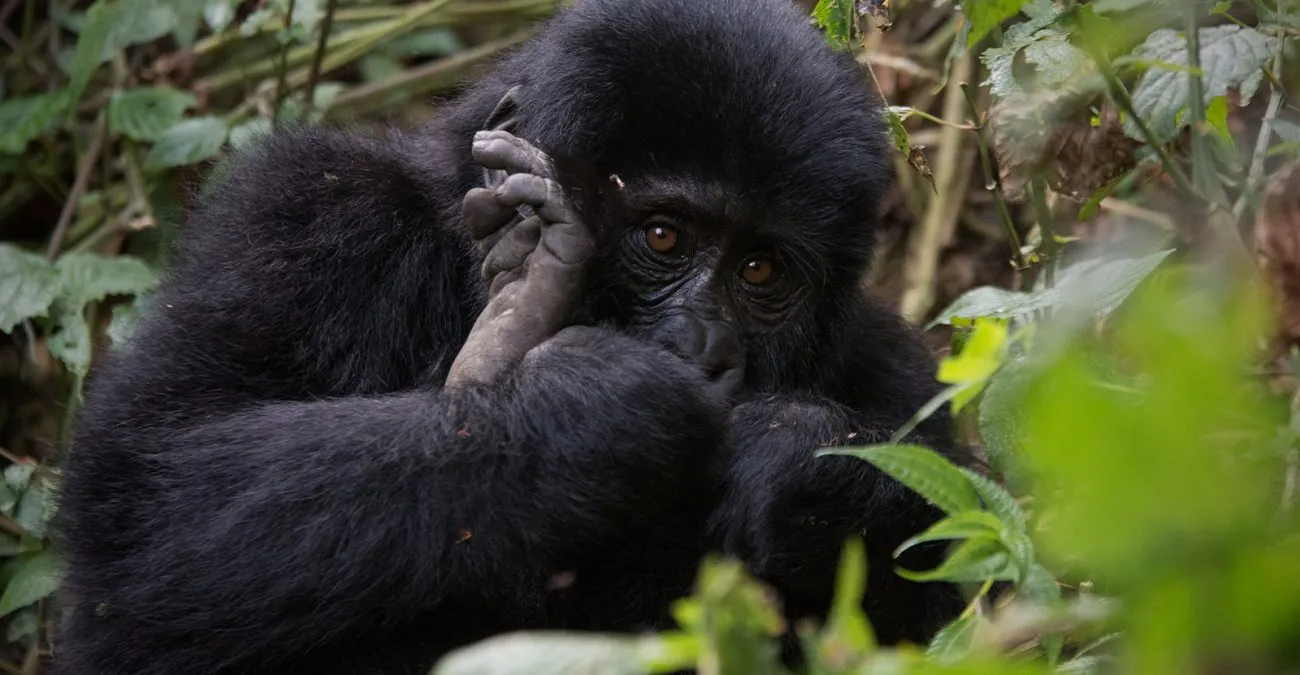
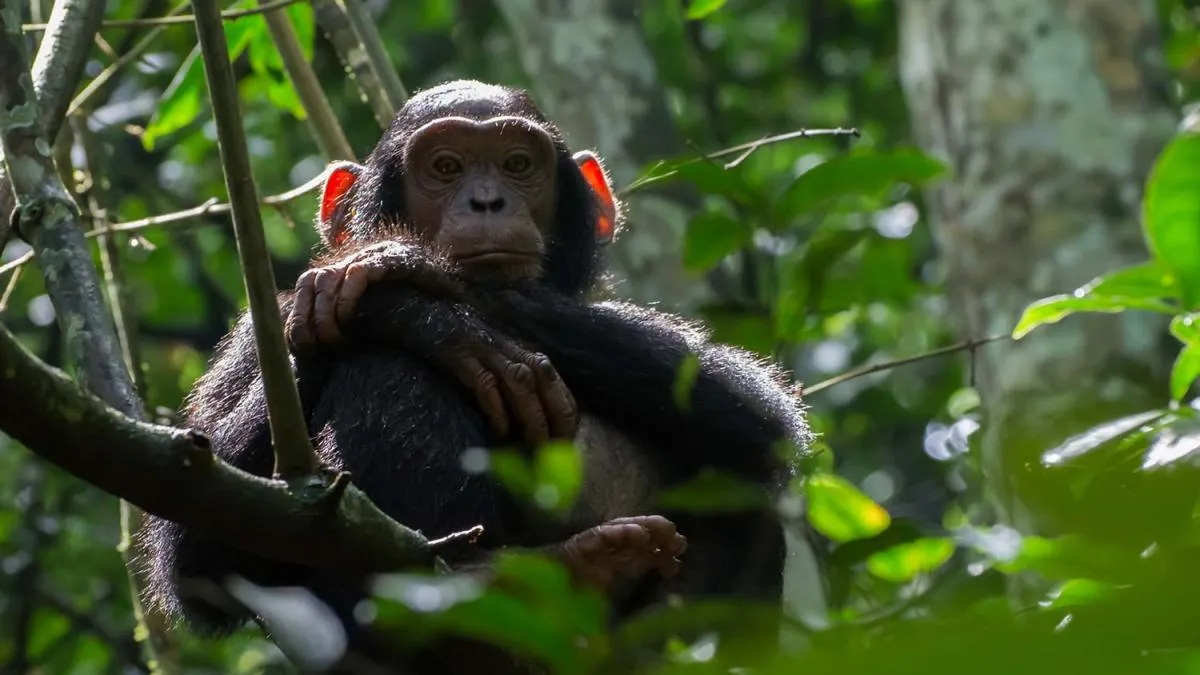
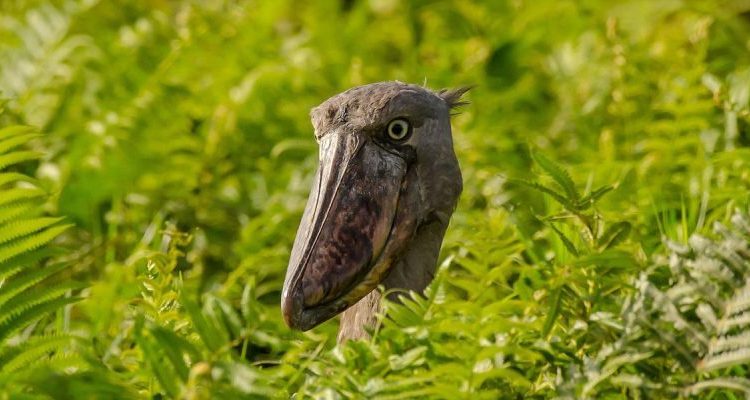
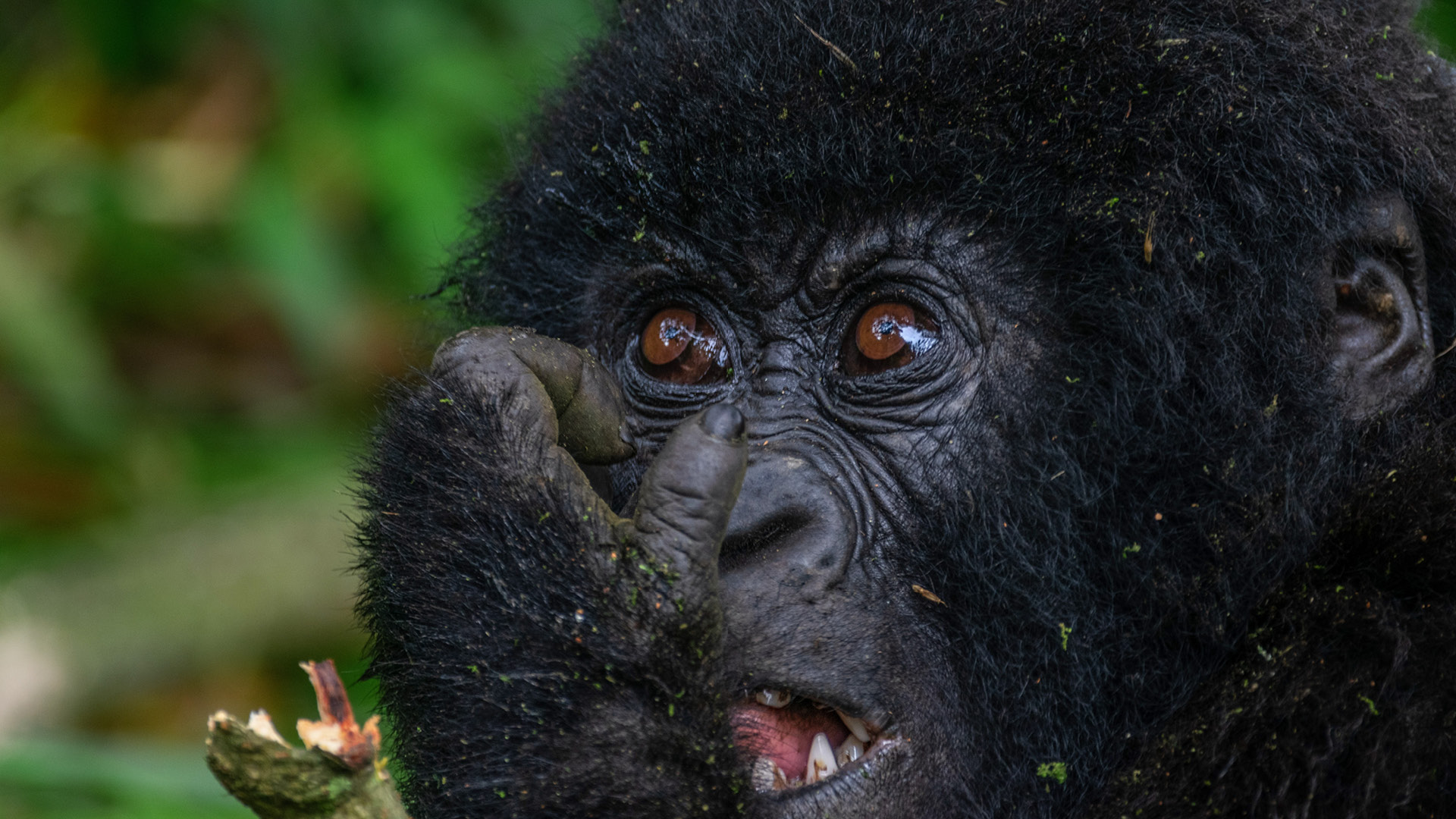
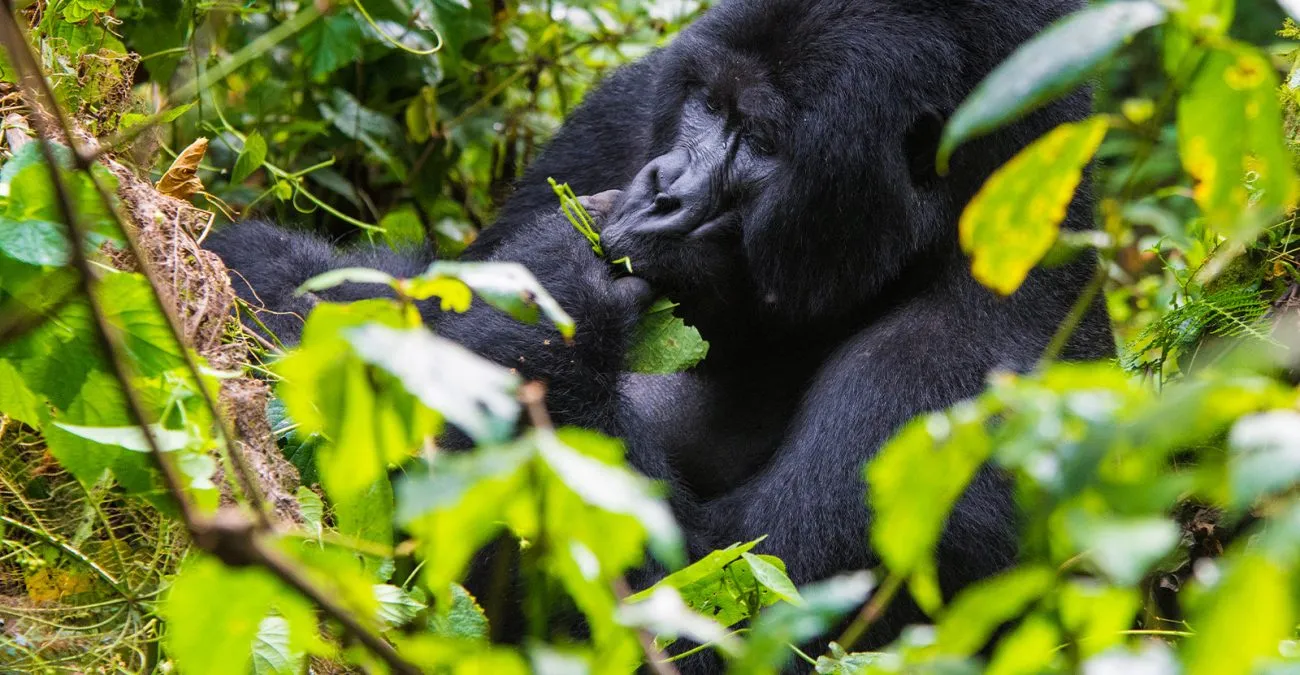
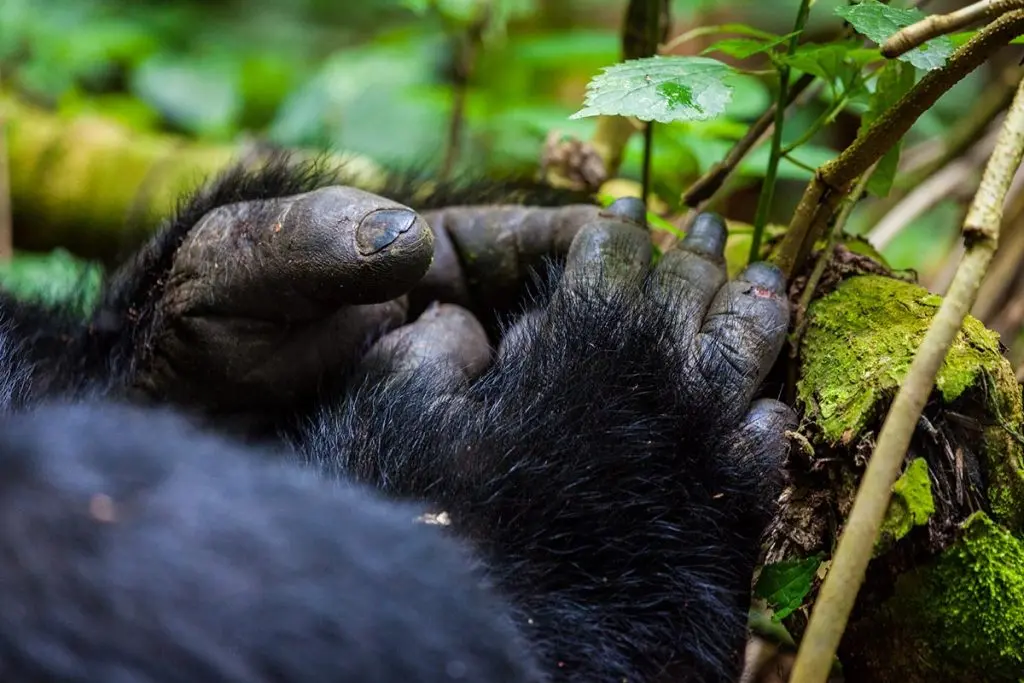


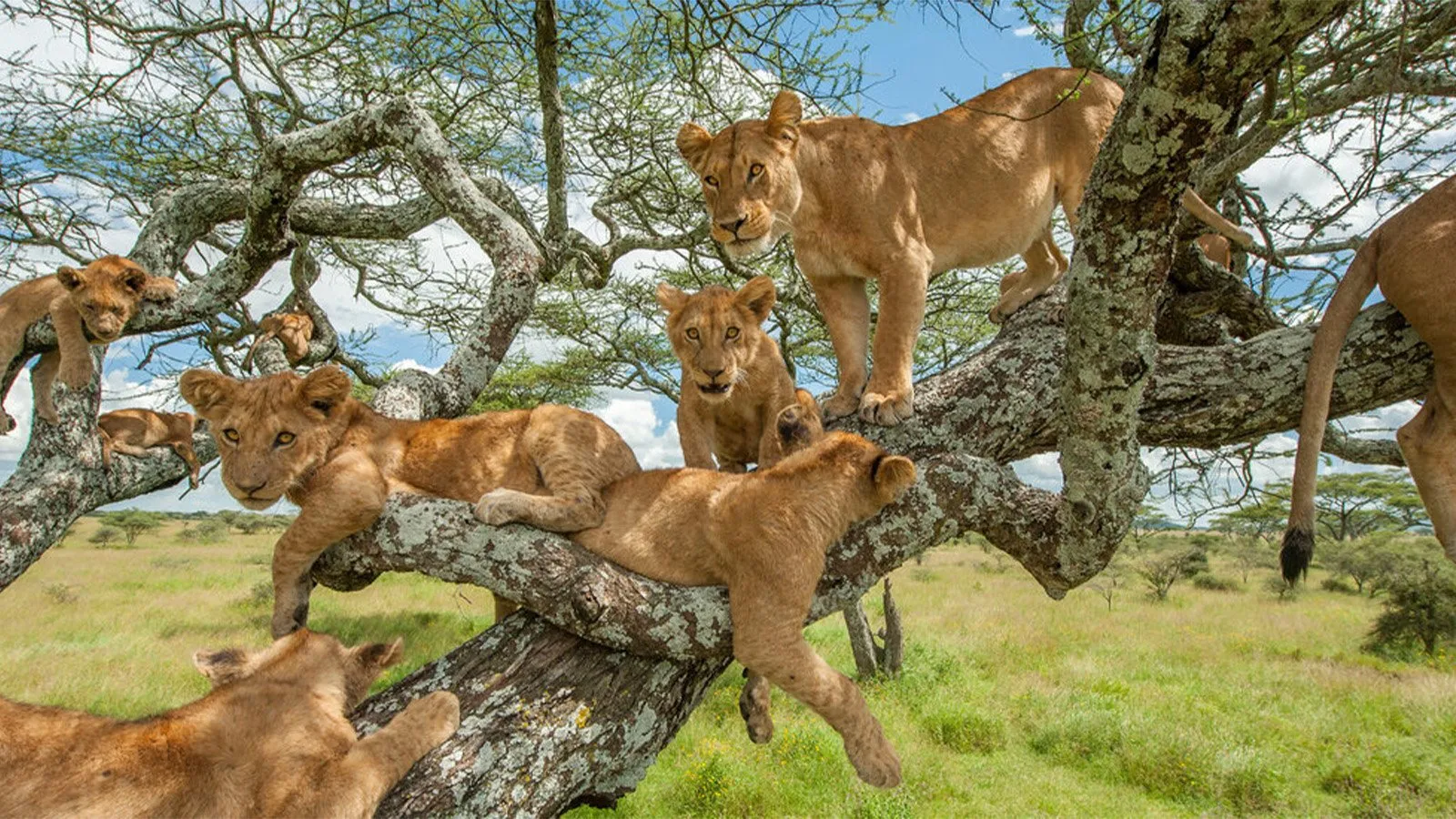

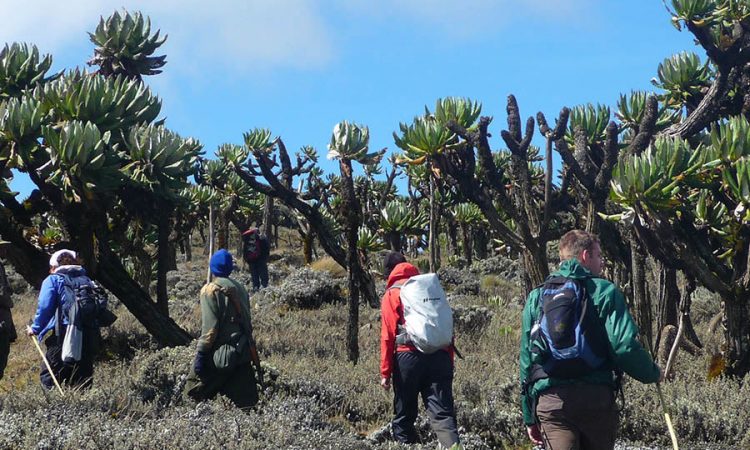
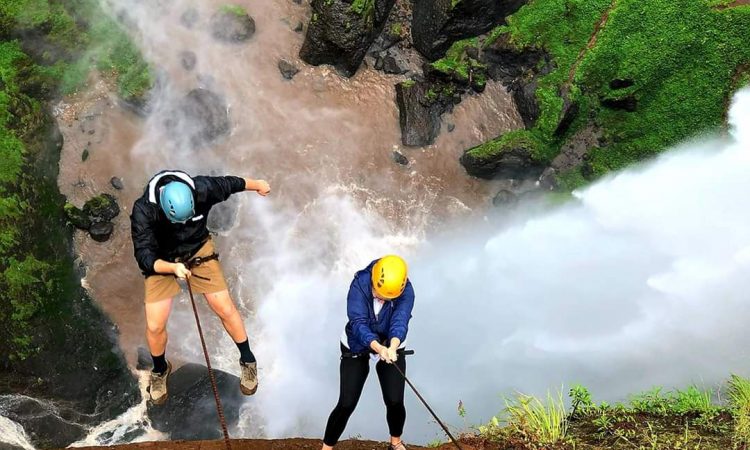
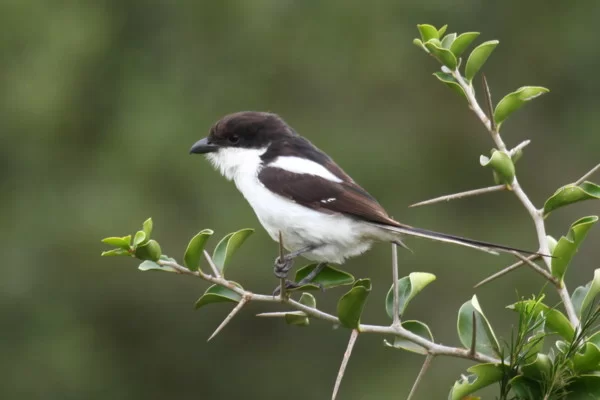
 WildHorn Africa – Authentic and unforgettable tours across Africa, guided by local experts who know the land, wildlife, and culture best.
WildHorn Africa – Authentic and unforgettable tours across Africa, guided by local experts who know the land, wildlife, and culture best.


